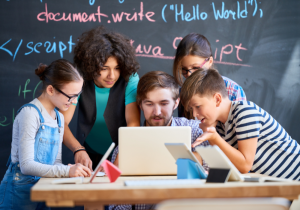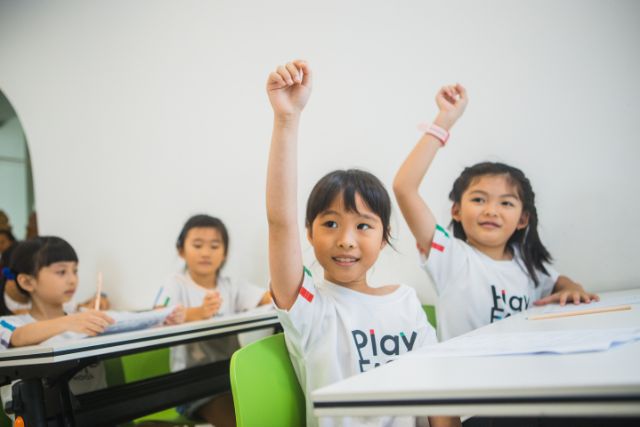
Some people argue that this level of involvement is good enough. We don’t have to understand how the engine in our car functions in order to drive to work, and we don’t have to know how to code to use programs and apps developed by others.
However, there is a worldwide movement towards providing more computer science training in schools, emphasizing the importance of educating students to be technology creators, not just technology users. Here’s a look at why both digital literacy and coding are important for the future success of our students.
Nine out of every ten new jobs require some form of digital literacy, even those not directly related to technology or computer science fields.

To prepare students for this job landscape, some educators advocate focusing mainly on practical digital skills. They argue that many students don’t really understand the software they use and therefore can’t take full advantage of the technology that’s available. By covering topics such as how cloud data storage works and what technologies should be in place for basic cyber security, we create a more-knowledgeable future workforce, even if they don’t have coding skills.
But while learning digital skills focuses on how to use current technology, such as choosing the right tool for a particular task or how to incorporate digital media into a specific presentation, digital literacy asks broader questions. By examining how technologies impact culture, communication, creativity, and social interactions, digital literacy teaches students to think critically about how technology impacts their world. Think of this level of digital literacy as the underpinning that needs to be in place before we can introduce coding skills.
The need for coding skills

Arguably the greatest benefit of teaching coding skills to children is to train them in computational thinking. No matter what language students learn, programming teaches children logical reasoning, how to look for patterns that solve problems, and how to break problems down into small chunks that are easier to tackle.
Children who learn to program experience the pride of making something from scratch and develop curiosity about tinkering to figure out how something works. They also learn the perseverance and problem solving necessary to fix a program when the code doesn’t work. Computer coding helps students to understand how computers function and lets them realize the possibilities available when they can take control of their technology.
Ideally, educators will take a holistic approach incorporating both computer literacy and computer programming. Together these skills will give students the knowledge they need to succeed in the digital economy.
H/T: Techbootcamps
Speak to us today to find out more about our 27 student care centres!
Click Here to WhatsApp us for a complimentary tour of a centre near you.





